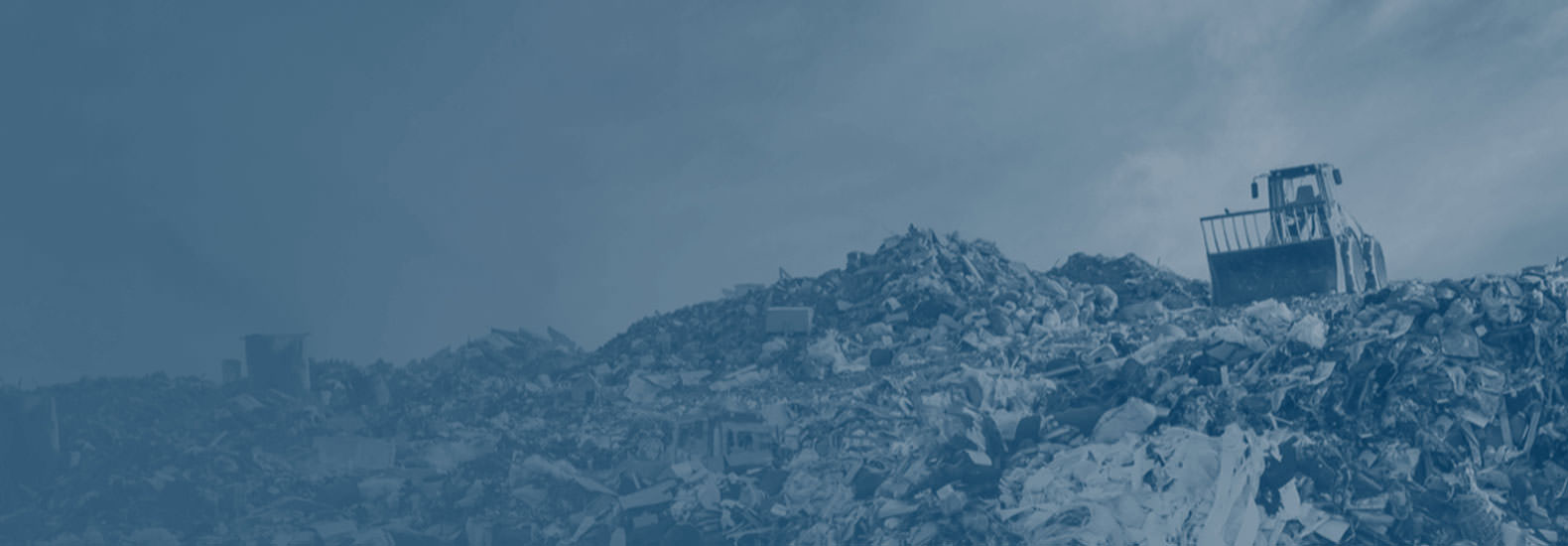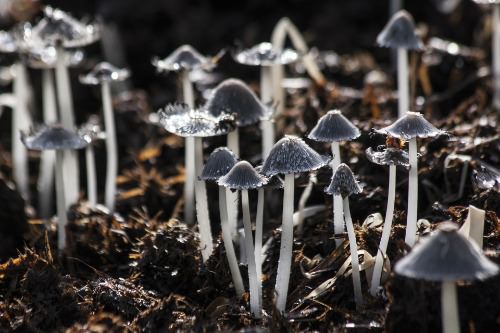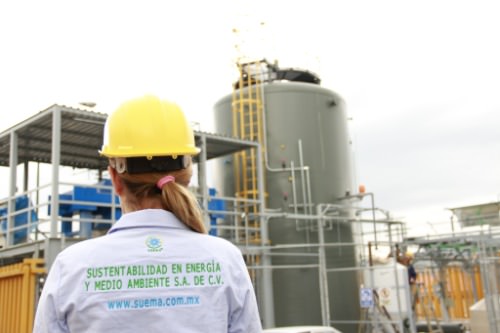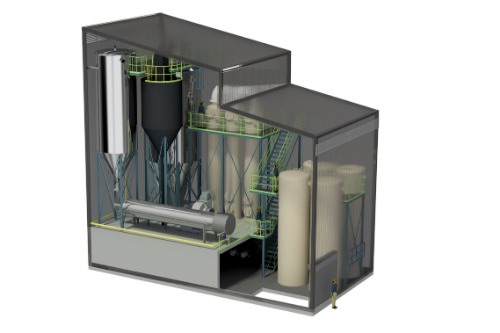Solutions to land pollution
How to improve soil quality?
Find out its causes and effects, but most importantly the solutions to control and prevent land pollution, and how you can contribute to reduce it.

Land pollution is a heavy topic. With its direct impact on the environment and consequently on the health of humans, animals, and plants, soil pollution is a real problem that involves both political powers and citizens.
Soil is not a renewable resource.
Its degradation can be rapid (a few years or decades) while it takes several thousands of years to form and regenerate.
What causes land pollution, what are its effects and what are the possible solutions to prevent it?
01. Solutions
Land pollution solutions
The Solar Impulse Label is granted to innovative land pollution solutions that meet high standards of sustainability and profitability.
Each solution goes through a strict assessment process performed by independent experts.

02. Definition
What is land pollution?
Land pollution refers to all forms of pollution affecting any type of soil: agricultural, forestry, urban, etc. Soil pollution is a disruptive element for many biological resources and ecosystems.
A soil is polluted when it contains an abnormal concentration of chemical compounds potentially dangerous to human health, plants or animals.
There are different types of land pollution:
- — Agricultural land pollution
- — Chemicals
- — Solid waste
03. Causes
Land pollution Causes
Human activities are the main causes of land pollution:
Is land degradation only resulting from human activities?
Natural disasters, such as drought, floods and volcanic eruptions, or technological events - like radioactive fallout following a nuclear test - also produce soil degradation.

04. Effects
Land pollution effects
Soil pollution can harm public health and animals, as well as the quality of groundwater and surface water. Its effects are of several kinds, namely deferred or immediate, but also direct or indirect.
On the environment
Contamination of groundwater, loss of topsoil, water nutrient enrichment and increased risk of wildfires (because of the dry conditions created by the pollutants in the soil) are among the consequences of land pollution.
On wildlife
As land pollution and soil erosion progress, animals are forced to shift habitats and adapt to new conditions. As a result, some species are at risk of extinction.
On human health
The potential effects of soil contamination on human health include breathing disorders, birth defects, skin diseases, and cancer.

05. Prevention
Land pollution prevention
How to solve land pollution? Here’s a list of soil pollution solutions:

1. Cleanup
Environmental remediation consists of removing pollution from the soil, groundwater or surface water. Bioremediation (microbes) and phytoremediation (plants) can be used to convert the pollutants into harmless products. These are natural solutions that need to be supported by in-depth actions.

2. Green agriculture
Sustainable agriculture is essential as it is meant to control the impact on the cultivated environment, by minimizing the external contributions (phytosanitary products), by diversifying the cultures and by using biological treatments.

3. Sustainable forest management
Conservation of the forests is key. Without the protection of the trees, the land becomes dry and starts to erode. Therefore, sustainable forestry or logging is crucial to saving the soil from pollution.

4. Proper waste disposal
Be it for industrial or household waste, efficient waste disposal is one of the most effective ways of curbing land pollution. This especially applies to toxic and hazardous waste disposal.

5. The "3 R's" Rule & Education
Reducing the use of non-biodegradable products will lower plastic pollution and eventually have an impact on land pollution. This is why it is very important to reuse and recycle every possible item. Education should also play a major role in efforts to protect the environment from land pollution.

A challenge, #1000 Solutionsto change the world

A label focused on both the environment and profitability.
For the first time a label proves the economic profitability of solutions that protect the environment. The Solar Impulse Foundation is selecting 1,000 solutions that protect the environment in a profitable way and awarding them the Solar Impulse Efficient Solutions Label.
Collaborating with independent experts and with renowned institutions, the World Alliance proposes to evaluate its members solutions free of charge. The Solar Impulse Efficient Solutions label will offer a competitive edge to innovators and a guarantee of quality to solution seekers.

A label focused on both the environment and profitability.






































